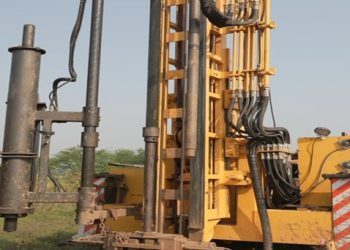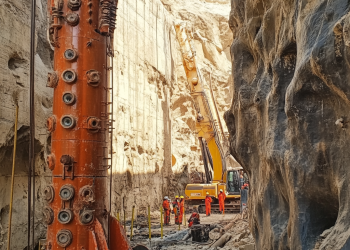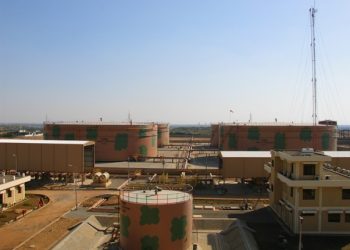Conventional Non-Destructive Testing

Conventional Non-Destructive Testing is usually the starting point in formulating or assessing the condition of the equipment. It consists of a series of testing processes, most of them are relied on either sound or electromagnetic waves to analyze materials.
Velosi offers Conventional Non-Destructive Testing method which is the jumping-off point in appraising the condition of the equipment. It comprises a range of testing methods, involving Ultrasonic Inspection, Magnetic Testing, Dye Penetrant Testing, Eddy Current Testing and Radiographic Testing.
These types of Non-Destructive Testing methods are now in standard use in industries, such as mining, oil and gas, energy, power generation, aerospace, heavy engineering, and automobiles, among many others. New developments in the NDT system enable the generation of 3D images of failures and have revolutionized these industries.
Different methods of Conventional Non-Destructive Testing involve:
-
Ultrasonic Testing
A Non-Destructive Testing (NDT) strategy that uses sound waves to discover defects in materials and parts.
-
Magnetic Testing
A low-cost inspection strategy used to identify exposed or near-surface damages underneath the surface of ferromagnetic substances.
-
Dye Penetrant Testing
A process used to detect surface breaking flaws through bleed out of a colored or fluorescent dye from the flaw.
-
Eddy Current Testing
One of the popular electromagnetic testing processes used in NDT that uses electromagnetic induction for examining and distinguishing surface as well as sub-surface flaws in conductive materials.
-
Radiographic Testing
An NDT method that uses either x-rays or gamma rays to identify the internal structure of manufactured components detecting any flaws or cracks.












